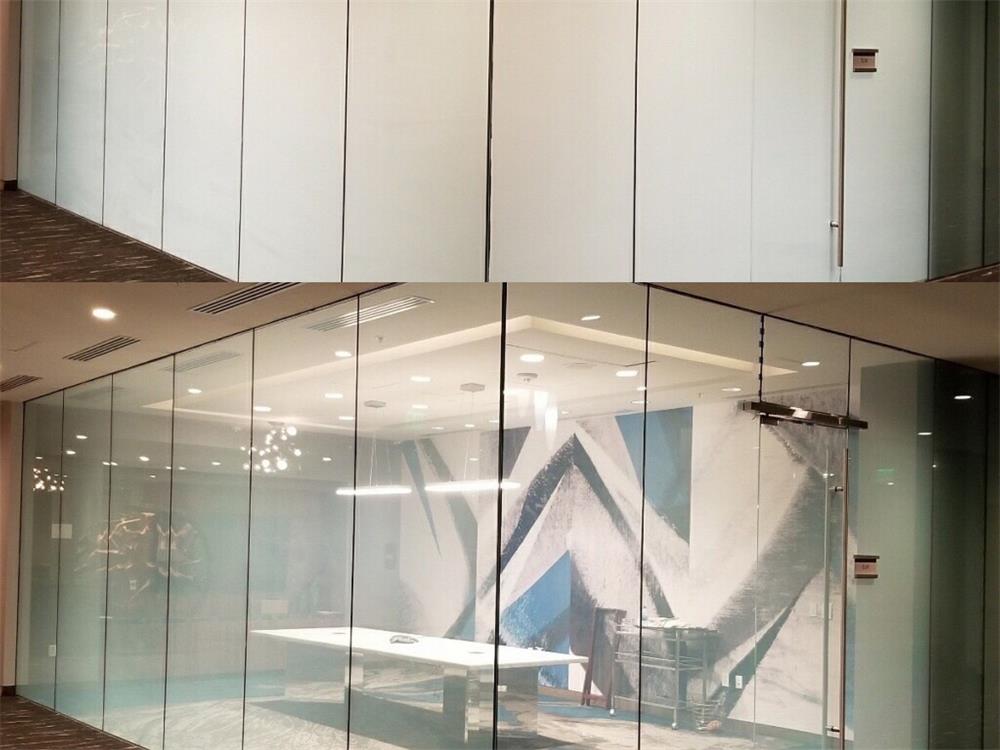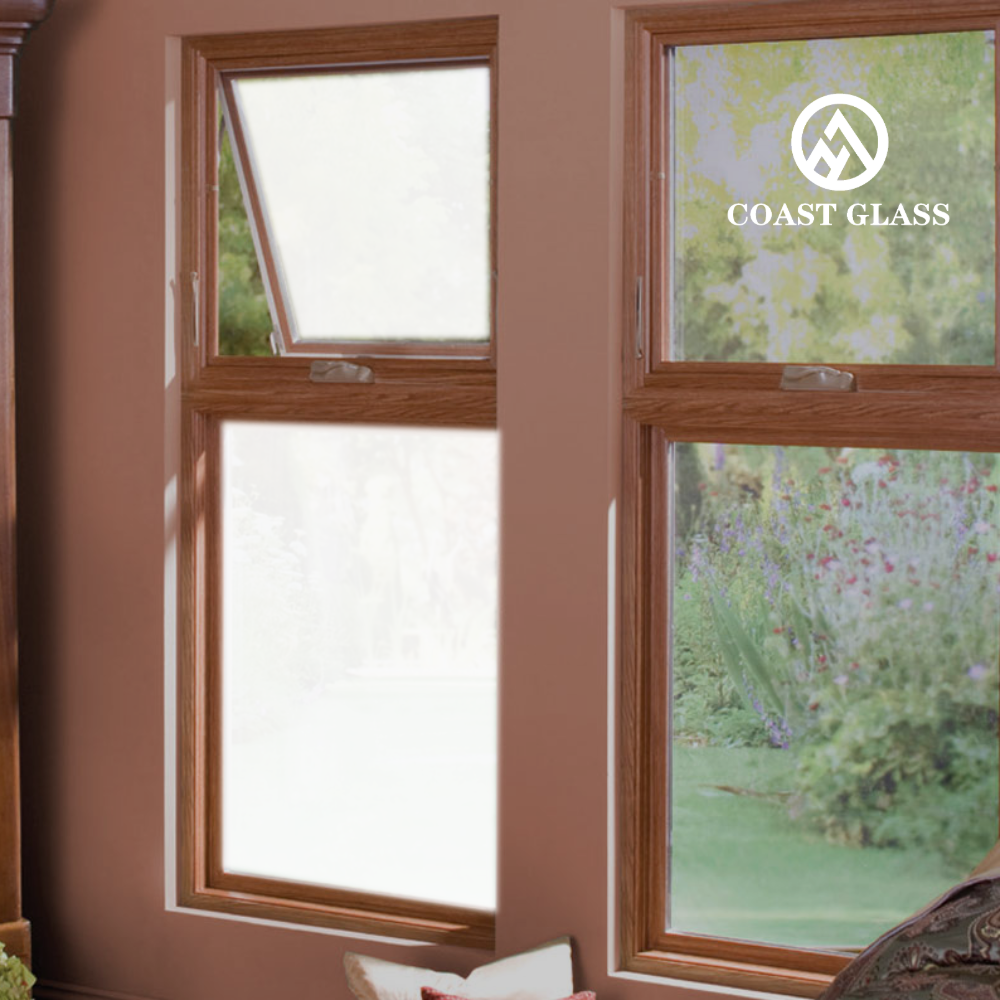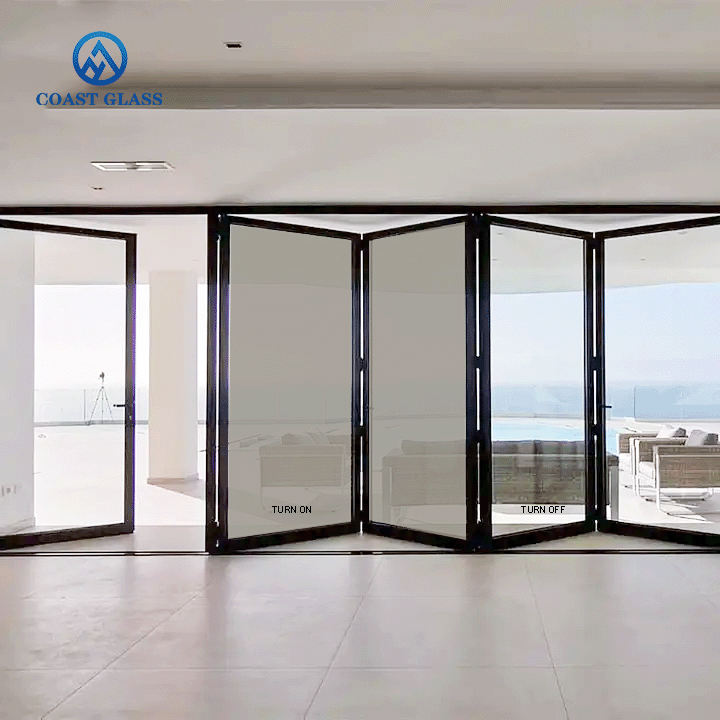Why Should I Choose One-Way Mirror Film Over Two-Way Mirror Film?
What is the Difference Between One-Way and Two-Way Mirror Film?
Mirror films are versatile materials used for privacy, security, and decorative purposes. Among these, one-way and two-way mirror films are particularly notable. Despite their similar names, they serve different functions and have distinct characteristics.
One-Way Mirror Film
Functionality and Design: One-way mirror film, also known as reflective window film, creates a mirrored appearance on one side while allowing visibility through the other. This effect is due to a special coating that reflects more light than it transmits, creating a mirrored look on the side with higher light levels.
Applications: Commonly used in offices, homes, and security settings, one-way mirror films provide daytime privacy. The outside appears reflective, preventing outsiders from seeing in, while those inside can still see out.
Key Features:
- Privacy: Reflective surface offers daytime privacy.
- Light Control: Reduces glare and heat by reflecting sunlight.
- Energy Efficiency: Helps reduce cooling costs by reflecting solar heat.
Limitations:
- Dependence on Light Conditions: Less effective at night when interior lights are on unless additional coverings are used.
Two-Way Mirror Film
Functionality and Design: Two-way mirror film, also known as a see-through mirror, allows light to pass through in both directions while maintaining a reflective surface on both sides. It balances light transmission and reflection, allowing partial visibility from both sides.
Applications: Used in interrogation rooms, security monitoring areas, and certain retail settings where discreet observation is needed without full privacy.
Key Features:
- Balanced Visibility: Partial visibility in both directions.
- Reflective Surface: Mirrored appearance on both sides, though less pronounced.
- Versatility: Effective in various lighting conditions.
Limitations:
- Reduced Privacy: Offers less privacy compared to one-way films.
- Light Management: Does not control light and heat as effectively as one-way films.
Conclusion
Choosing between one-way and two-way mirror films depends on your needs for privacy and visibility. One-way mirror films are ideal for daytime privacy and energy efficiency, suitable for residential and office use. Two-way mirror films are better for discreet observation and balanced visibility, fitting for security and surveillance settings. Understanding these differences ensures you select the right mirror film for your application.














